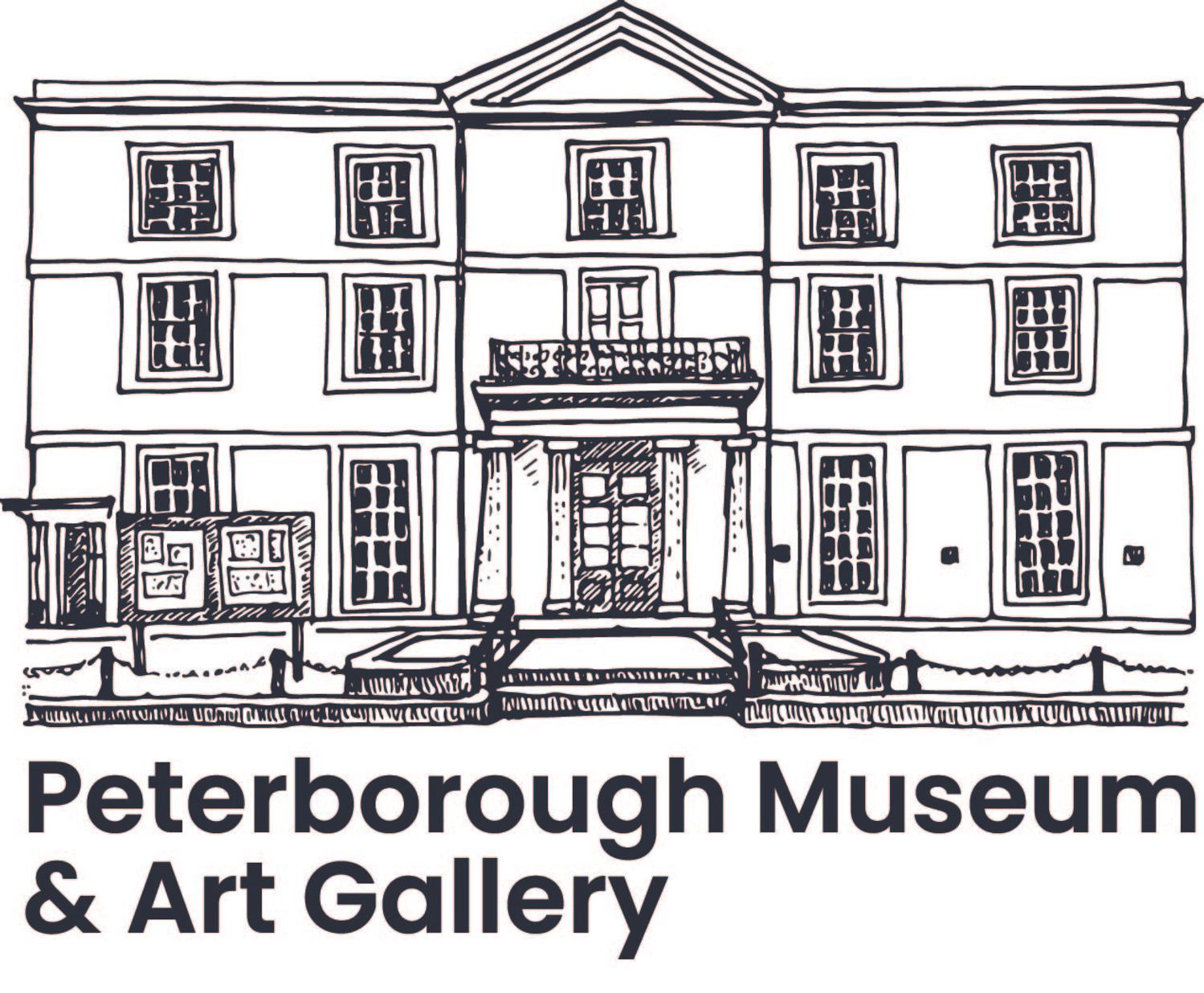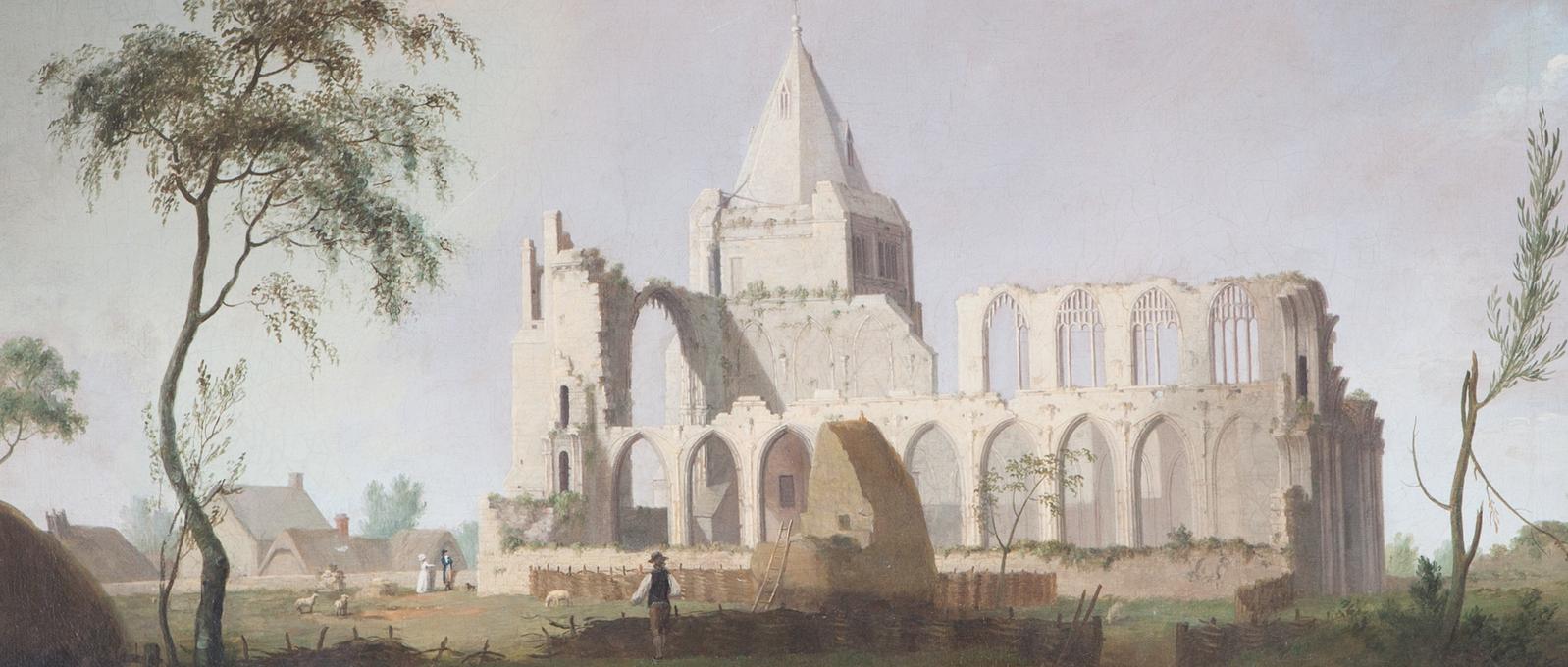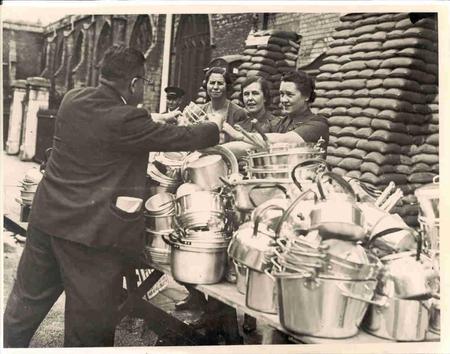Online Collections
Peterborough Museum holds a wide ranging collection amassed over 130 years. Many objects have national and international importance, such as the Jurassic marine reptiles, and Napoleonic craftwork created by prisoners of war. You can now explore some of these collections using this website, with more being added regularly.











